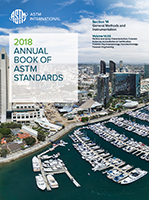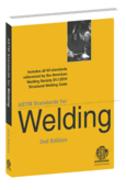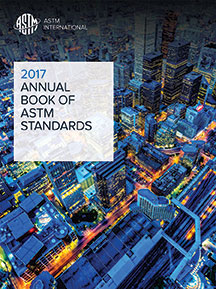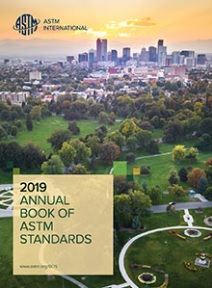Description
It is critical for testing laboratory personnel to be fully familiar with all the details of the tests they are performing. But it is also important for non-laboratory personnel to know at least the significance, advantages, limitations, and precision of particular tests used to characterize product quality. Only by understanding the pros and cons of these tests can both suppliers and customers reach sound conclusions and agree on the appropriate quality and performance of a product.
For the first time ever, the essential elements of all standards analytical tests used to characterize petroleum products and lubricants are available in one unique volume. Brief descriptions of the 350 tests described, include principles involved, test summary, advantages, limitations, and test precision data. Where available equivalent tests from IP, ISO, JIS, DIN, and AFNOR are also referenced.
The test methods covered involve a variety of analytical techniques to identify and/or quantify over 170 chemical and physical properties of crude oils, gasoline, reformulated gasoline, lubricating oils, additives, transmission fluids, lubricating greases, gear oils, aviation fuels, diesel and heating fuels, petroleum waxes, marine fuels, and other specialty petroleum products.
The standards featured in Manual 44 were developed by ASTM Committee D-2 on Petroleum Products and Lubricants, whose test methods are considered worldwide the final authority on the quality of a petroleum-related product.
Product Details
- Edition:
- 2
- Published:
- 01/01/2007
- Number of Pages:
- 389




